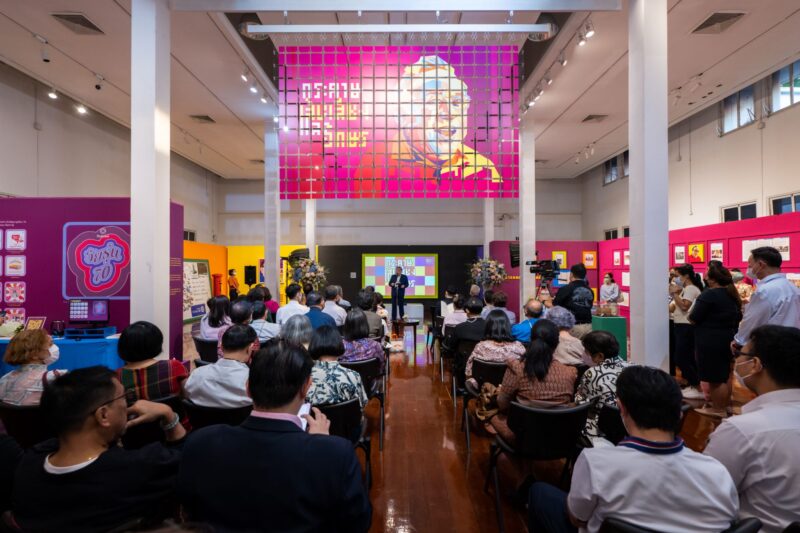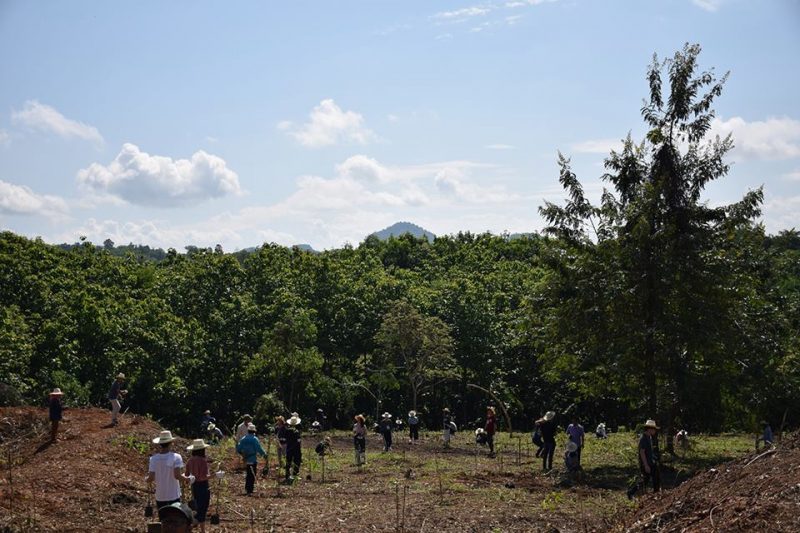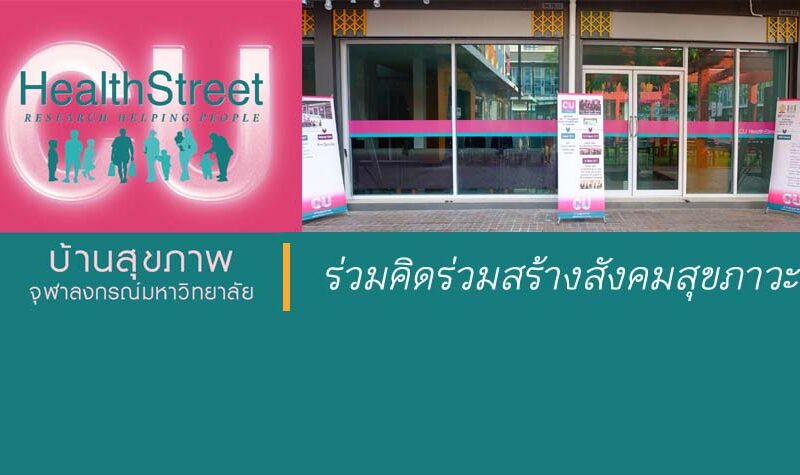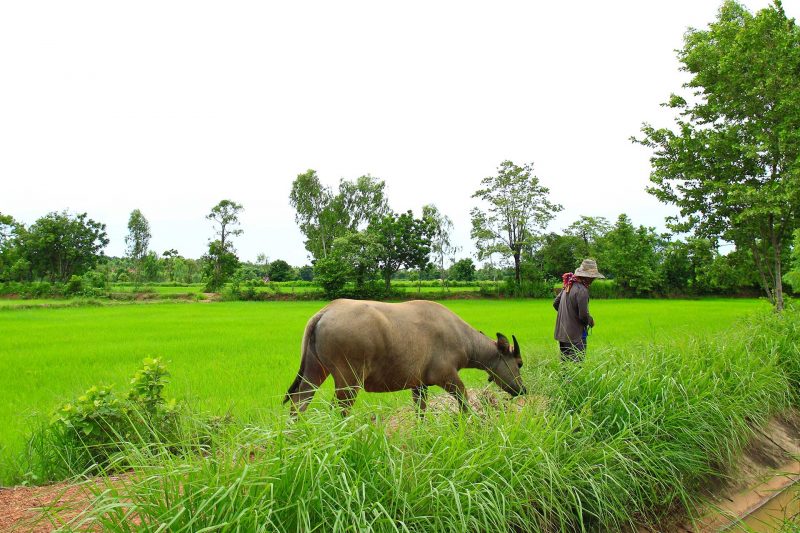Piphat Duek Damban Ensemble at Chula
The name “Piphat Duek Damban” conjures up images of ancient musical performances that are beyond the realm of ordinary listeners. In fact, Piphat Duek Damban is a very contemporary musical presentation that combines both music and dance inspired by Western opera from the reign of King Chulalongkorn, Rama V.
“Our music is quite modern, actually. Nowadays we have light and sound technologies to enhance the performance in every way, which creates a wonderful entertainment experience for the audience,” says Kunchit Jitratan, Director of the Chulalongkorn University Office of Art and Culture.
The Piphat Duek Damban performance in March 2019 at the Chulalongkorn University Auditorium to mark the anniversary of the university showcased all these elements to great effect.
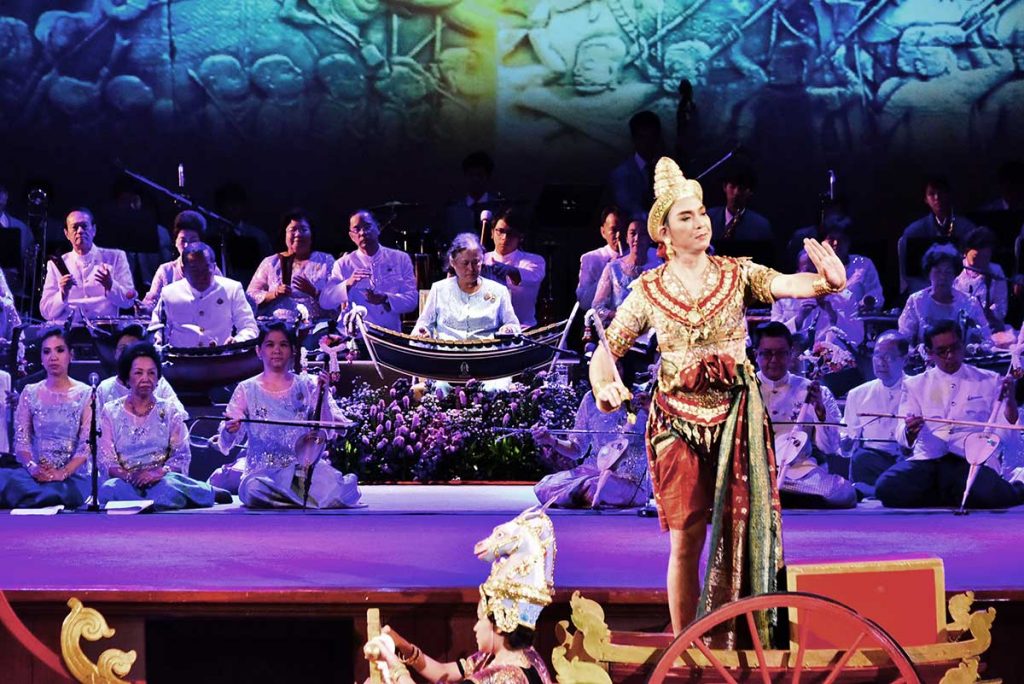
“Piphat Duek Damban derives its name from the theater where it was originally performed, and has nothing to do with the term duek damban in the sense of ‘primeval’,” reassures Mr Kunchit. The Duek Damban Theater is where Chao Phraya Deveswongwiwatana, together with Prince Naris, created this new form of musical ensemble.
The uniqueness of Piphat Duek Damban lies in the sounds that make it different from an ordinary piphat ensemble, as it does away with instruments that have loud, shrill sounds. The taphon drum, which is normally very loud, is turned upside down, and struck on the centre spot to create a mellower sound.
The shrill pi pipe is replaced by the softer khlui flute. The khong wong lek circular gongs with their tinkling sounds are removed, leaving only the ranat ek and ranat thum xylophones. Also removed are the khong wong yai circular gongs and metal xylophone or ranat ek lek, leaving only the ranat thum lek.
A new addition to the ensemble is the gong set that follows the western scale, do re mi fa so la ti. Unlike most gongs, this instrument establishes the melody rather than the rhythm.
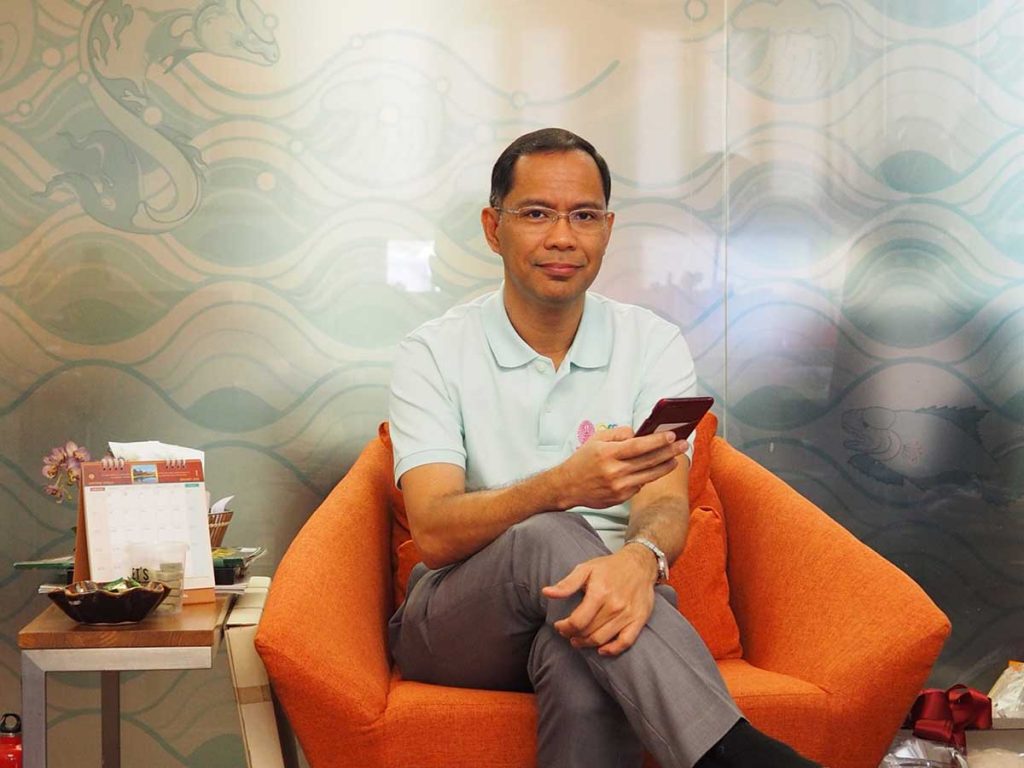
“As a result, the music of a piphat duek damban ensemble will have no shrill sounds at all, only mellow sounds that are easy on the ear,” says Mr Kunchit.
The Piphat Duek Damban tradition almost disappeared at one time, but in 1987, to mark the fifth cycle (60th) birthday of His Majesty King Bhumibol Adulyadej, Chulalongkorn University initiated the Piphat Duek Damban project. It sought out music masters who had performed in piphat duek damban ensembles in the past, conducted research on the history of the genre, and trained musicians and music teachers on the intricacies of playing and teaching this particular form of classical music.
Finally, the knowledge was incorporated into the curriculum of the university’s Faculty of Fine and Applied Arts, to ensure that this field of classical music will remain part of the country’s cultural heritage for future generations.
Performances of piphat duek damban were also presented on an annual basis starting from 1987. Her Royal Highness Princess Maha Chakri Sirindhorn graciously consented to preside over this project. She also performs with the ensemble each year without fail.
In the program for the last concert in March 2019, HRH Princess Sirindhorn graciously composed a piece titled Phleng 12 Phasa (Music of 12 Languages), a Thai song that is accompanied by the musical characteristics of various nationalities while retaining its Thai identity.
Phleng 12 Phasa comprises musical elements from Thailand, Laos, Cambodia, China, Mon, India, Japan, Vietnam, Talung, Myanmar, Java, and western music.
After the Princess composed the music, Ajarn Dr Sirichaichan Fakchamroon, National Artist in the field of Performance Arts (Thai classical music) provided the arrangements, while Professor Emeritus Dr Surapol Virunrak choreographed the dance accompaniment.
The last Piphat Duek Damban performance began with the Plai Nern Palace Ensemble, named for the palace of Prince Naris. It featured various na phat pieces to pay royal tribute.
This was followed by the Sai Yai Chamchuri Ensemble, a combined orchestra of alumni, faculty members and university staff. The ensemble used to perform the Maha Chulalongkorn overture, but 10 years ago, HRH Princess Sirindhorn composed a new song based on the original, with new lyrics. Ajarn Dr Sirichaichan arranged the music, and the Princess invited the CU Band to perform alongside the classical ensemble, creating a new fusion.
The program ended with a piphat duek damban performance of Sang Thong, the Unmasking Episode, which undoubtedly was another highlight of the evening.
Free admission. For updates on musical events at Chula, check www.facebook.com/cuartculture, or call the Office of Art and Culture, 02-218-3634–5.
This article was originally published in CU Around, March 2018, Vol.61, Issue 3, Page 12, available at https://www.chula.ac.th/magazine/7629/
Previous:
Others
Reviving Nan’s Forests
Sustainable forest conservation project creates healthier communities and builds green awareness
Learning Curve Toward Service
Veterinary student volunteers gain hands-on appreciation of rural life

